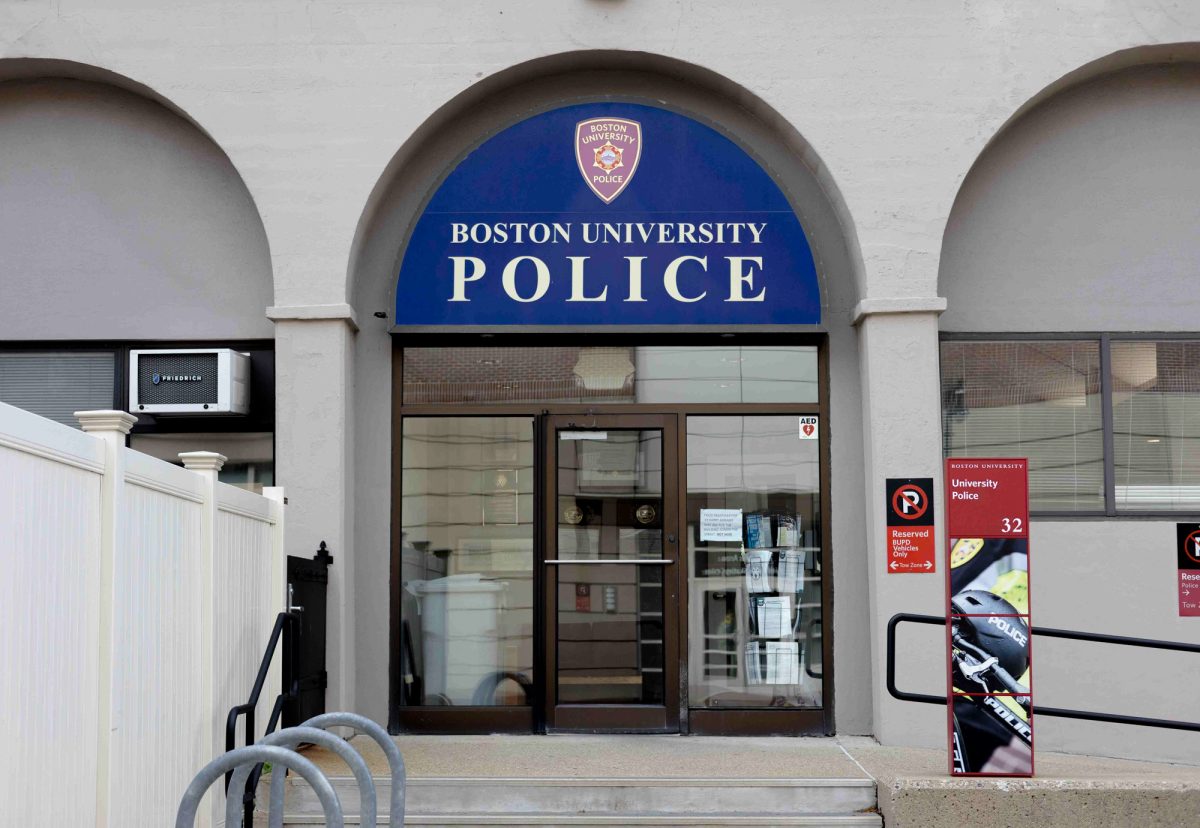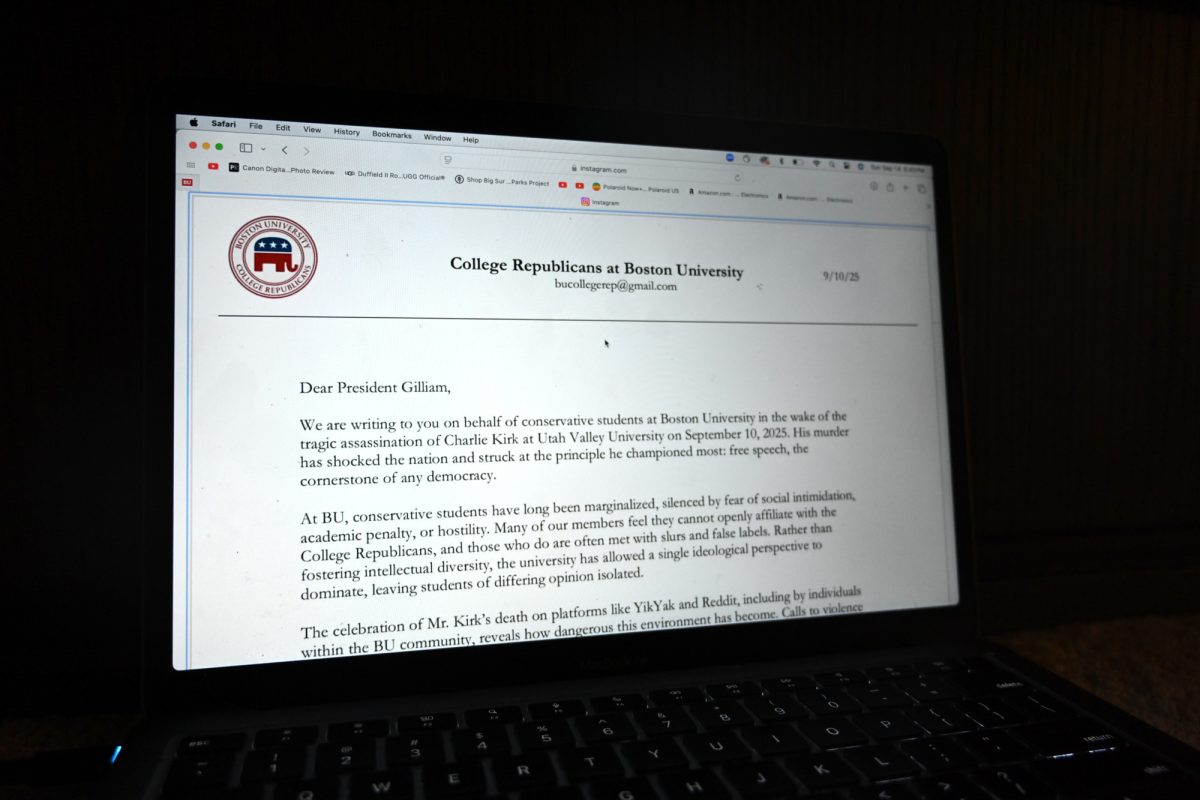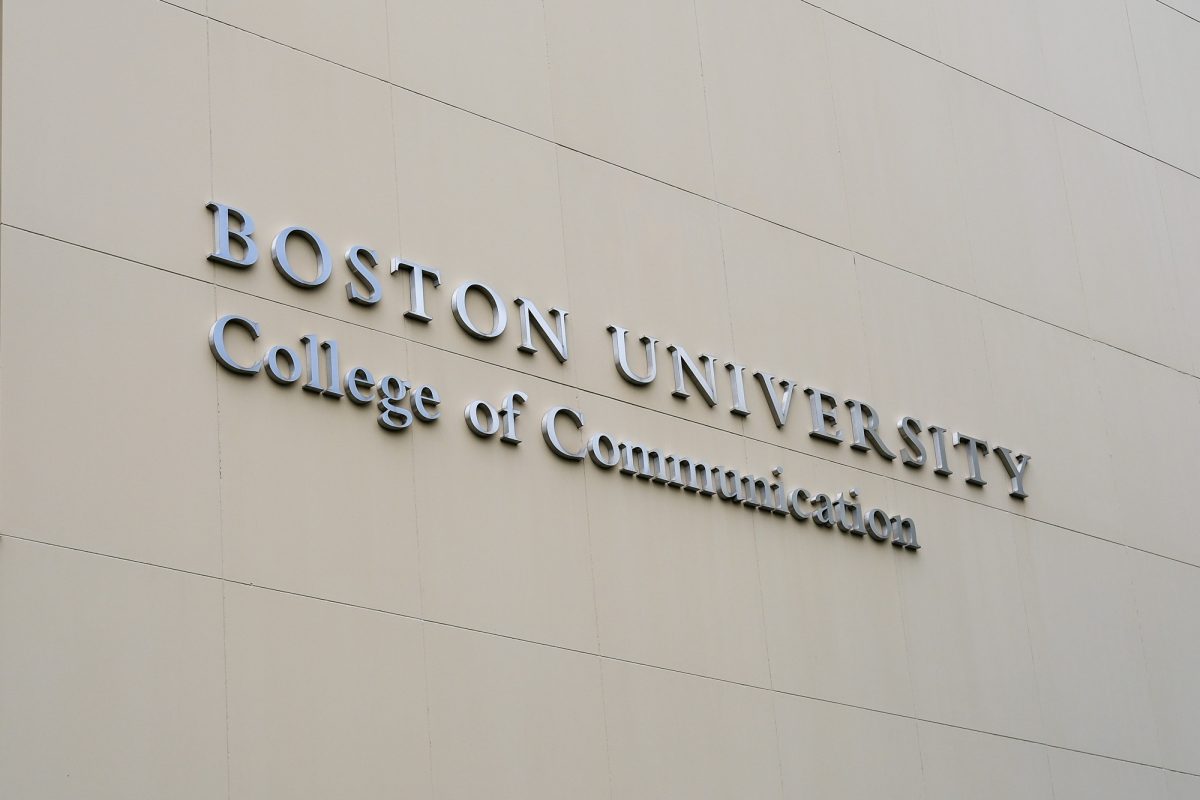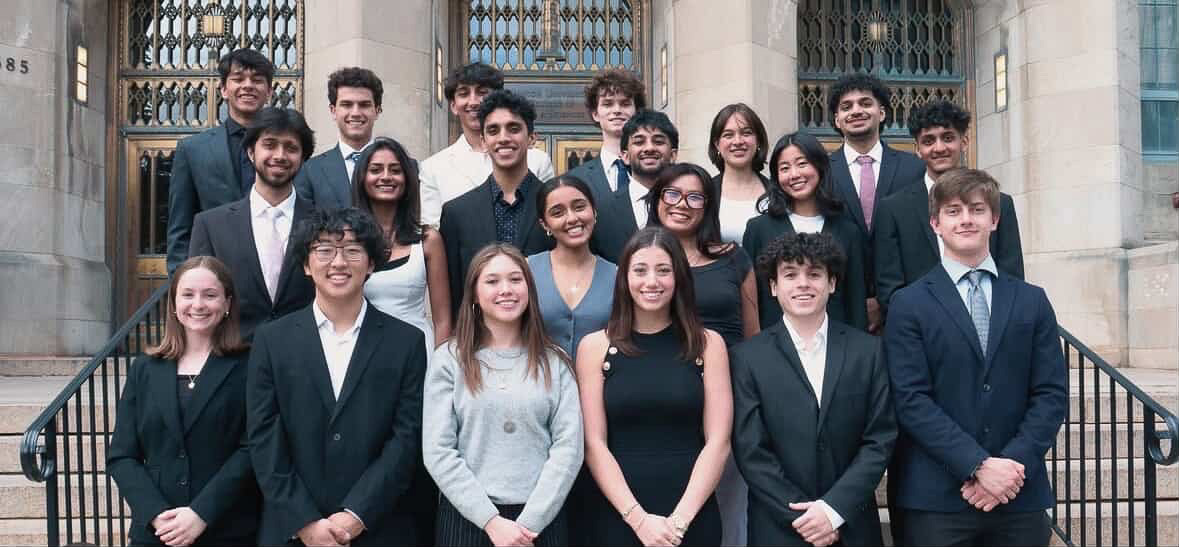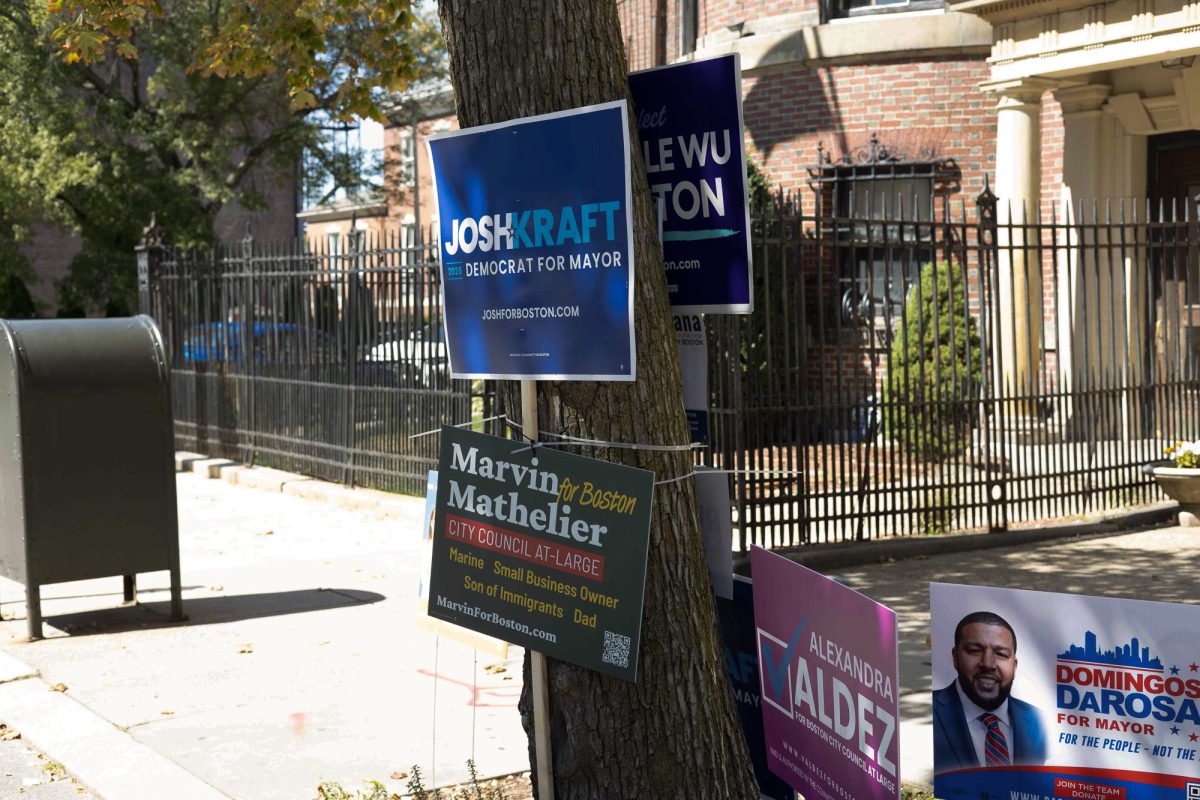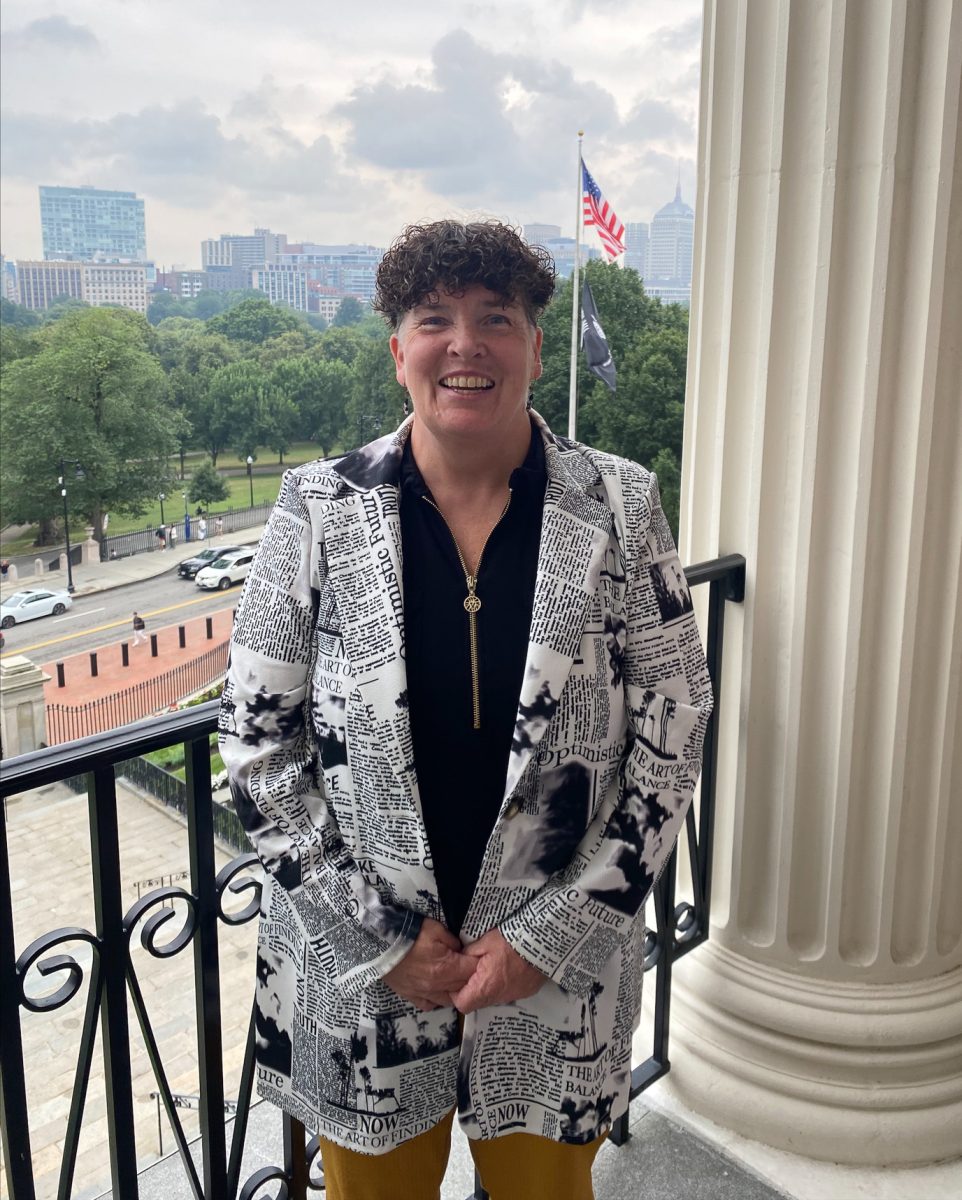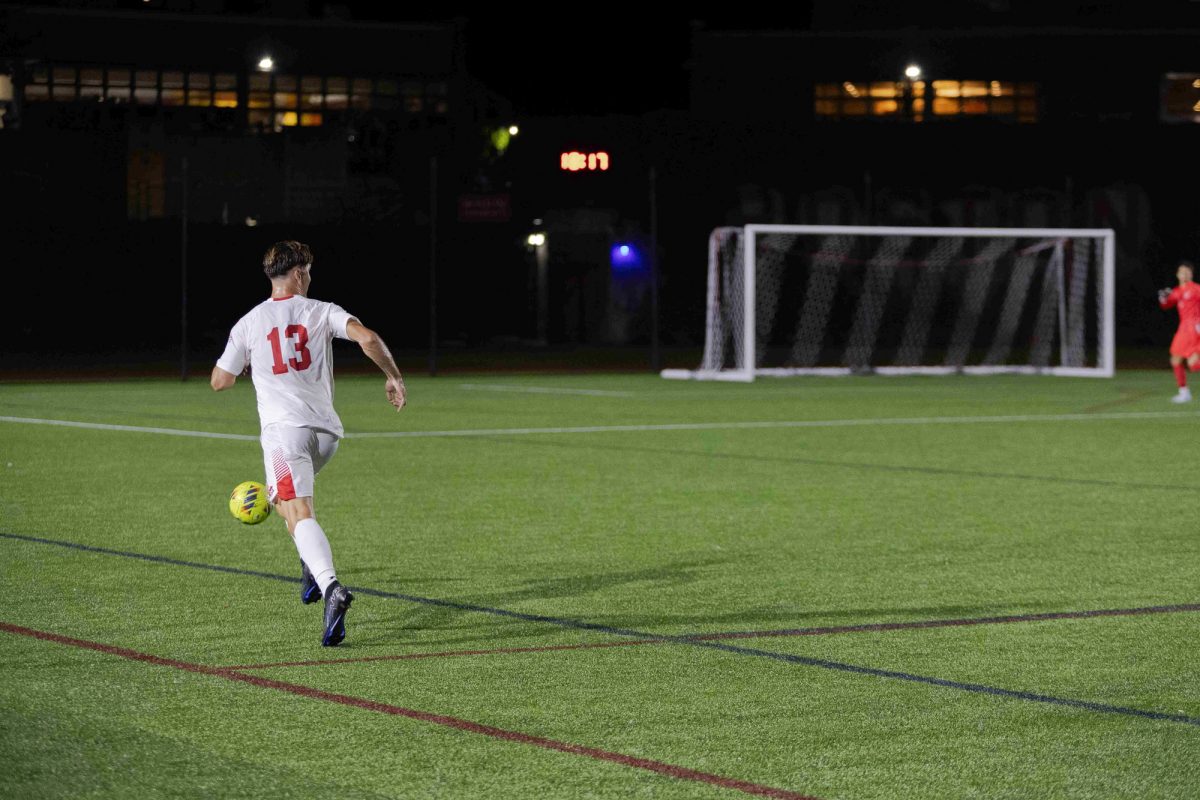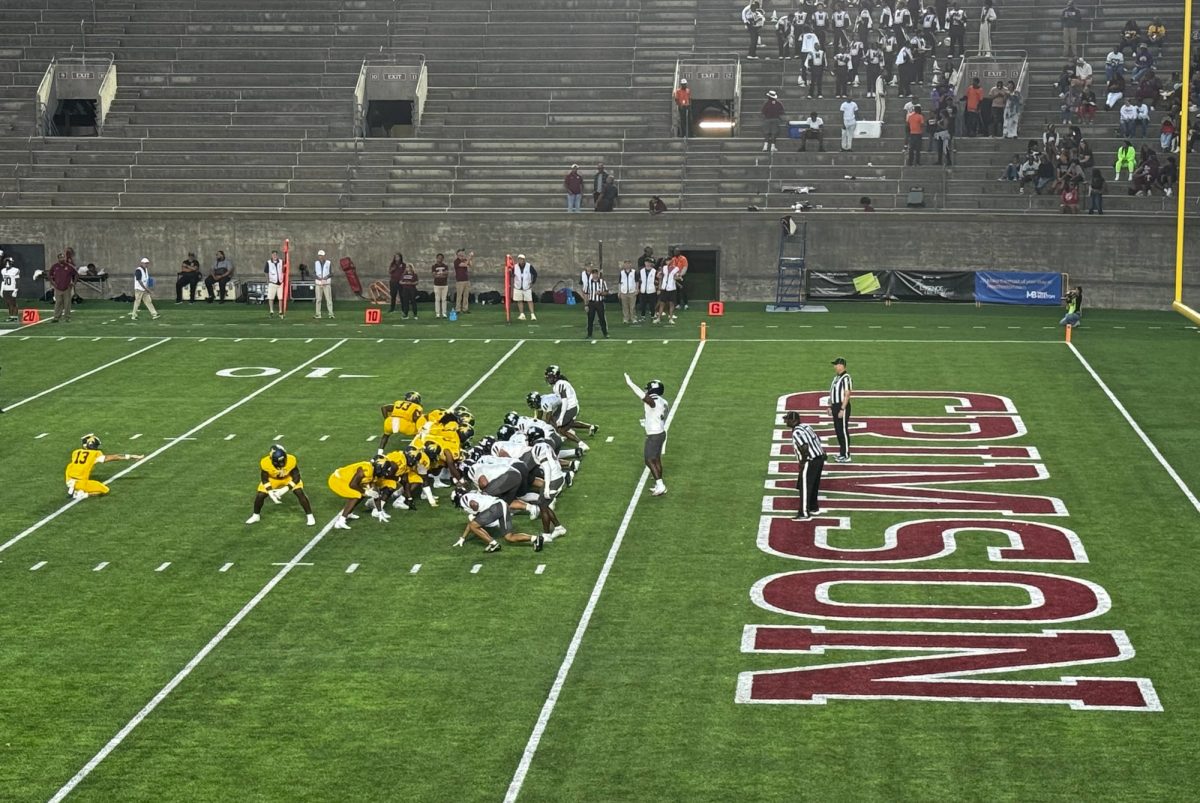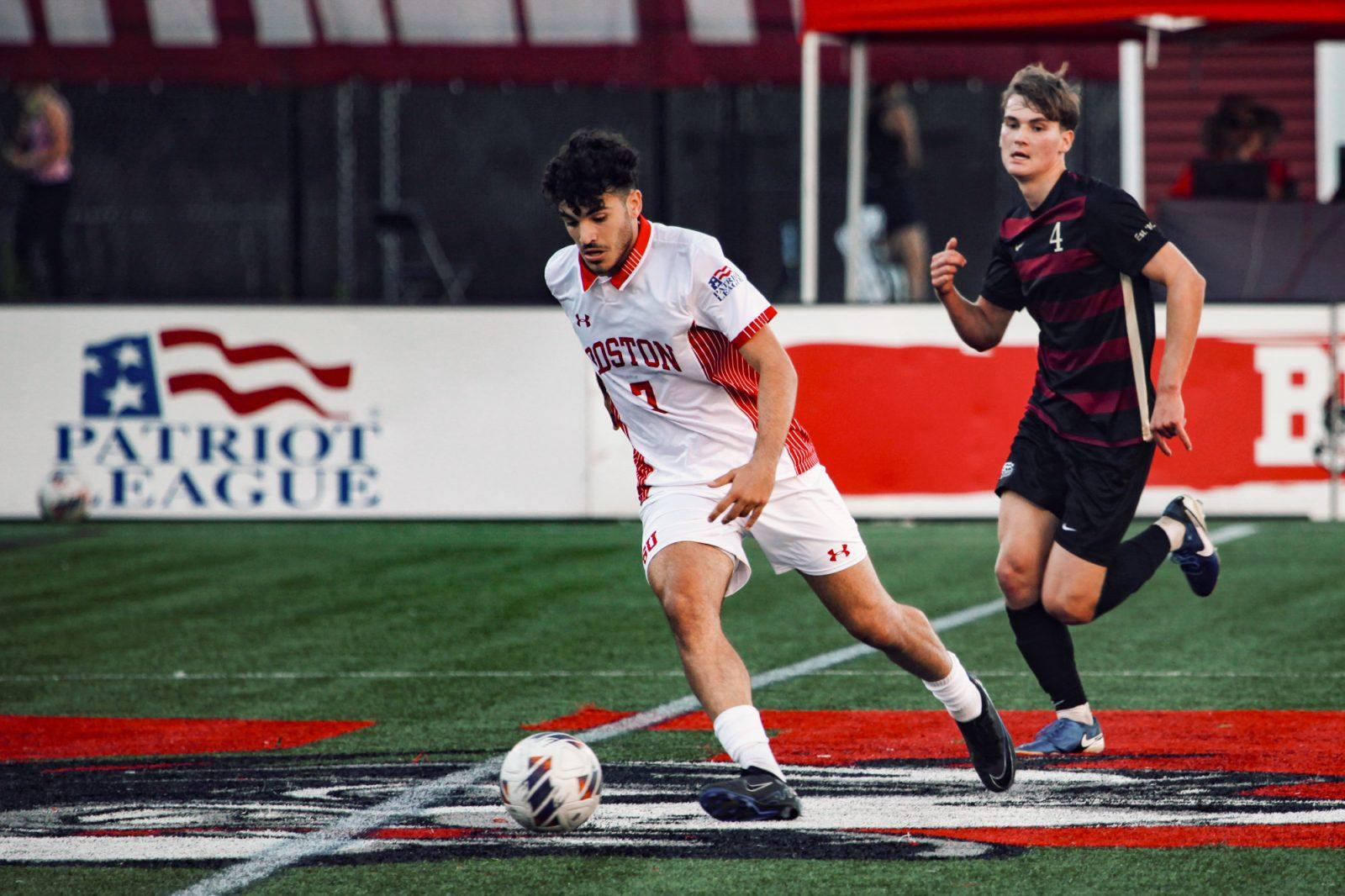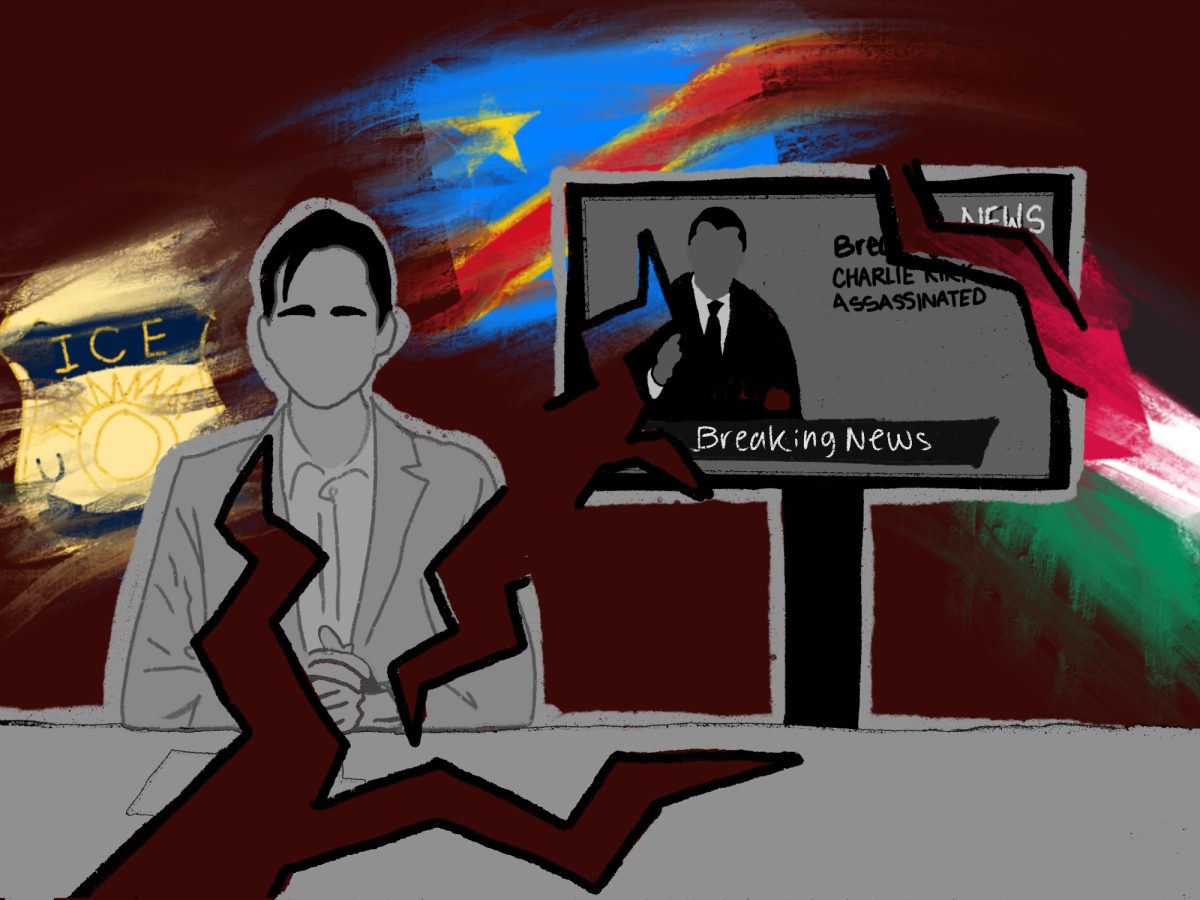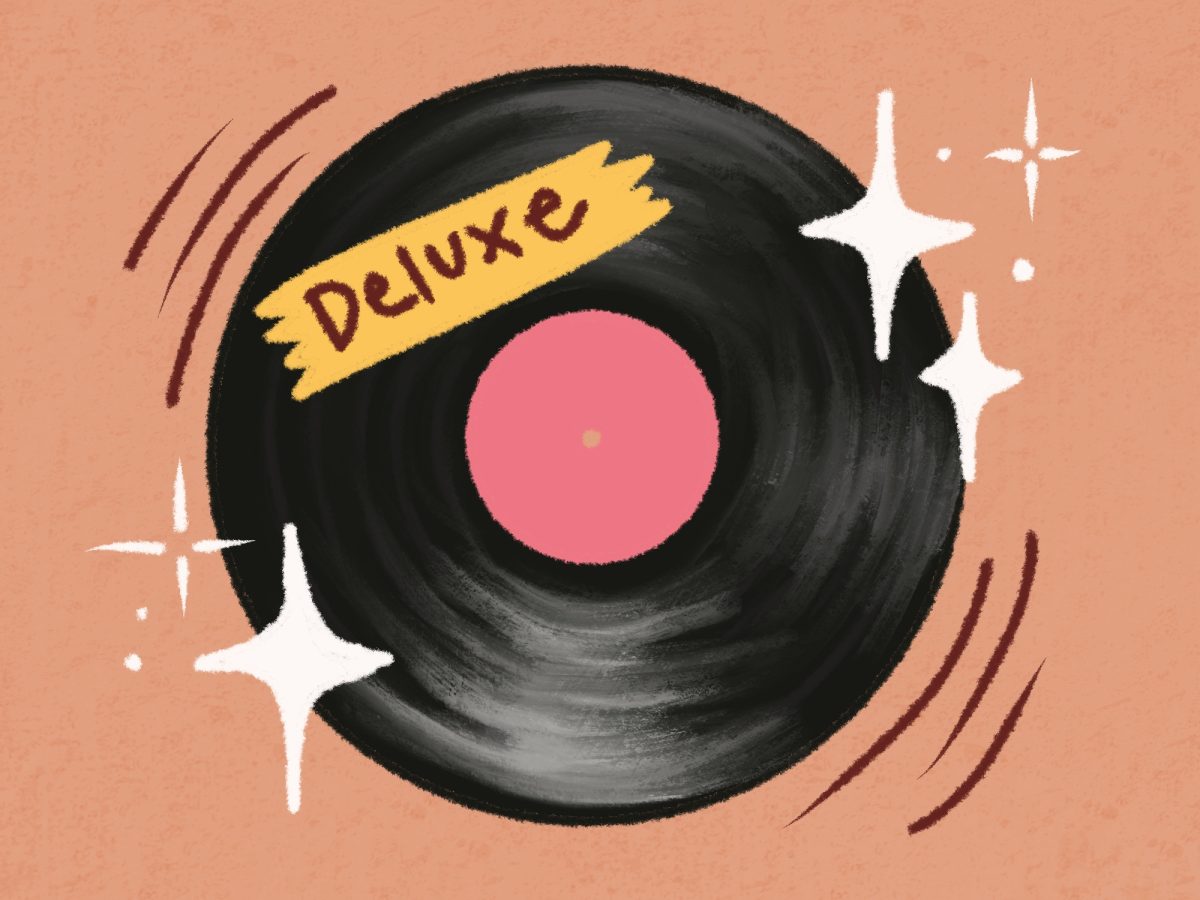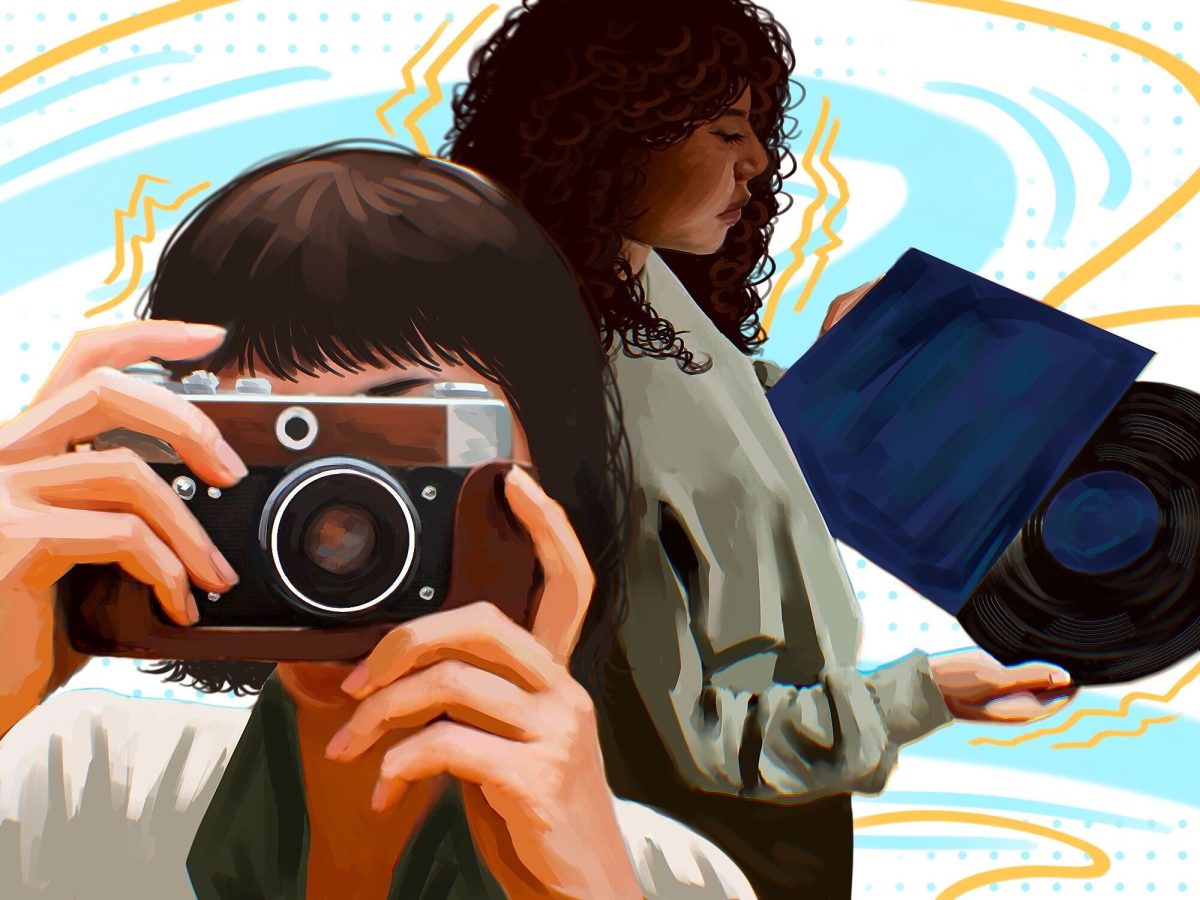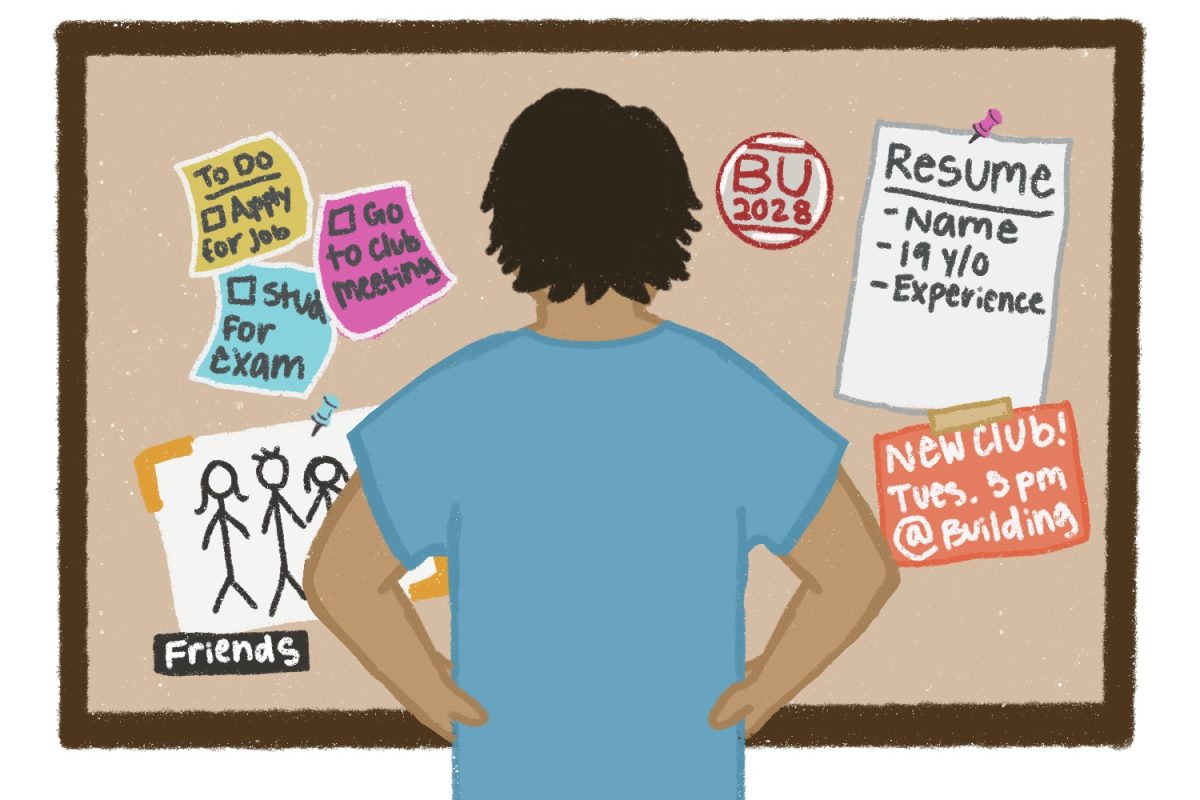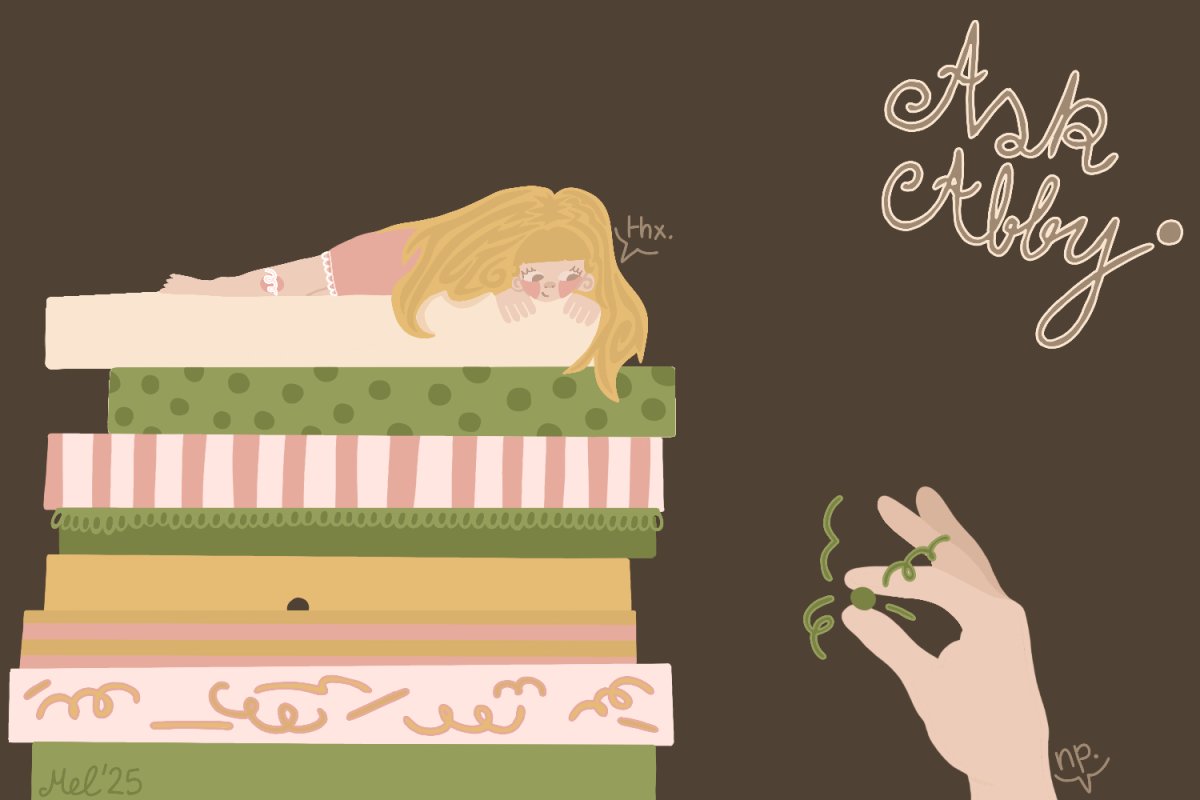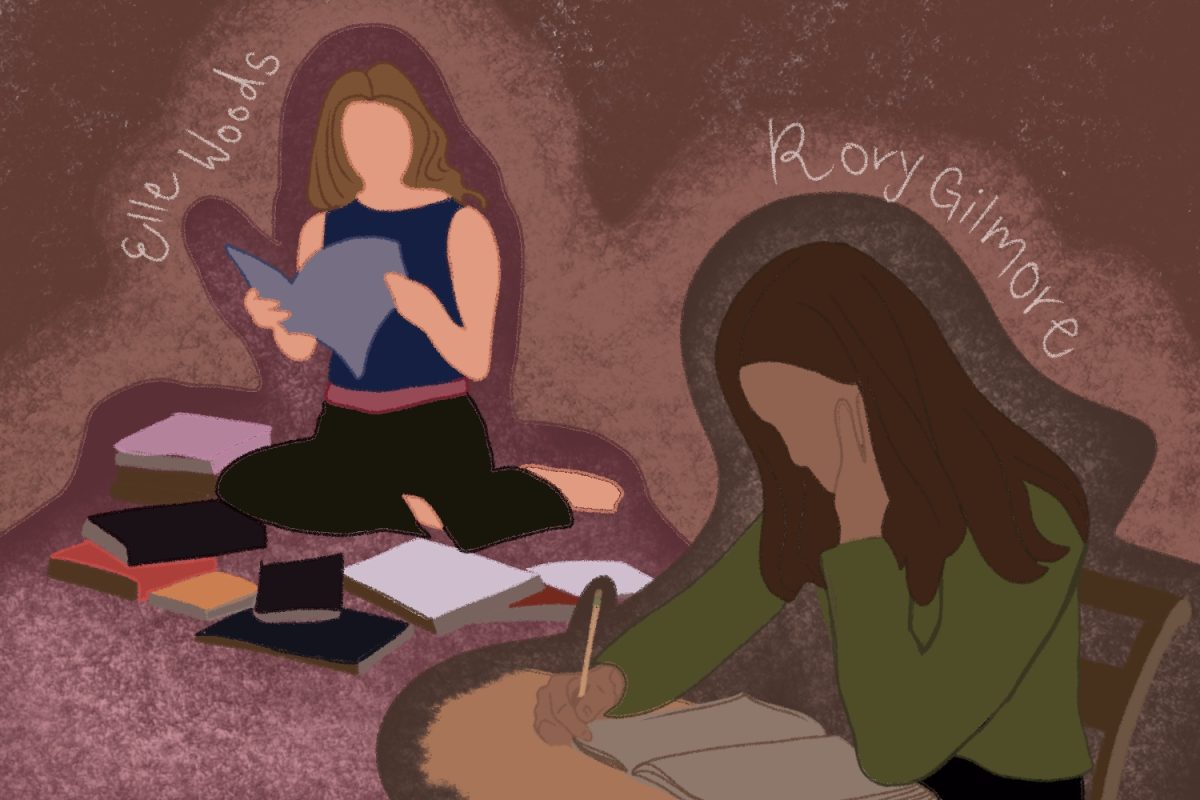I think we can all agree that jump scares are the worst. They’re cheap, tasteless and more often than not, poorly executed. Most of the time, the scares aren’t even frightening, but rather startling, unexpected cuts often accompanied with loud noises, preceded by a period of predictably ominous silence.
Yet we expect these cheap scares. Most of the time when a friend says they don’t want to see a movie because they don’t feel like getting scared, they’re most likely referring to these cheap scares than the classic insomnia-inducing ones. Yet it may seem counterintuitive for something to be so predictable while still eliciting such a sudden response.
I have seen my fair share of horror films over the summer holidays, mainly because there was a new picture almost every week. The sheer intensity of mediocre horror films produced today makes me wonder how some of them even managed to make it through its pitch, let alone production stages, in the first place.
I could guess that it’s because horror films are relatively cheap to make and are usually box office successes. “The Blair Witch Project,” for example, had a budget of $60,000 and grossed $140 million in the box office. It would then be logical to assume that the sudden increase in horror films are somewhat related to past successes with films of low production costs and availability to the masses.
Independent art houses also have low production costs but the difference lies in horror movies’ wider audience and ability to generate high levels of revenue fairly easily.
In a way I feel like we should be celebrating the rising appeal of horror movies and how viewers are willing to pay to see a movie they know absolutely nothing about. Most horror films usually employ nonprofessional or low-key actors and directors, providing an outlet for new Hollywood talent. I personally apply different standards to non-horror films, where my decision to see a picture sometimes depends on the directors and actors involved.
There appears to almost always be a guaranteed audience for the genre. However, rather than taking advantage of this to be more experimental, recent mainstream horror movies have taken to adopting the formulaic pattern of the jump scare, at times even at the expense of narration and being scary itself.
Although some may argue that there is still hope for the jump scare, I absolutely detest it. I must acknowledge that there are successful jump scares in films that I have enjoyed and hold with high regard. Films like “It Follows” use jump scares but does so in a way that they are justified and genuine. The whole point of a jump scare is for it to surprise you, to be unexpected. More than half of the time I watch a horror movie I’m sitting at the edge of my seat, purely due to the possibility of a loud noise. It feels like a distraction and a waste of time.

